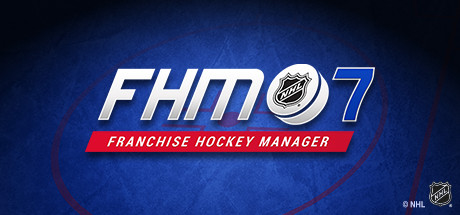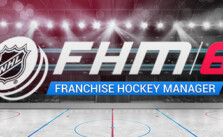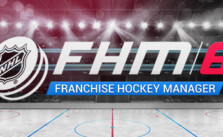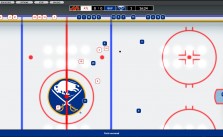Franchise Hockey Manager 7 – Scouting Guide

Scouting in FHM allows you to evaluate players who you may want to acquire or those who are already part of your team. In modern hockey, virtually every player with any serious potential has seen some scouting by the time he reaches the age at which players appear in our game. So, FHM scouting is based on the general principle of your scouts determining whether or not the “conventional wisdom” about a player is correct or not – and if it isn’t, to what degree and in what direction is the error?
Assignment of Scouts:
Scouting assignments are by opening the assignment screen via the right-click menu on a scout’s name.
The scout’s target can be set to a region, league, specific team, or the user’s shortlist. Scouts can also be given short assignments to watch an individual player from that player’s right-click menu.
The basic assignment can then be further filtered by in a number of ways: age, position, eligibility for a specific draft, whether his rights are available in the user’s team’s league, ability and talent ranges (useful, for example, if you want to scout a better league for its weaker players). The methodology of the search can also be specified: looking for current ability vs. potential, and developing accurate reports on the best players available by scouting them repeatedly (quality) or doing minimal evaluations on a larger number of players, trying to avoid looking at the same guy twice (quantity).
Scouts can “watch” a certain number of players in a week. The exact number depends on a few different factors, like the scout’s location and the team’s finance, but will generally be in the range of 1-20 players per week.
Scouting Levels:
The scouting level is indicated for each player as a lower-case letter beside the ability/potential star rating. Scouting levels affect the accuracy and amount of information displayed for a player. Basically, every player has a general consensus about his skill level and potential in the scouting community. This may or may not be accurate. It’s up to your scouts to weed out any errors in that evaluation, and the scouting level indicates how much effort they have put into doing that:
- e: unscouted, only talent/future talent displayed for the player with no reduction in the inherent error
- d: scouted, attributes displayed, error reduced slightly by an amount dependent on the scout’s skill
- c: scouted twice, error reduced moderately
- b: scouted three times, error reduced significantly
- a: scouted four times, error reduced heavily, the maximum level
The level has to be maintained: players will eventually regress to the next lowest level, the chance of a regression getting increasingly larger the longer they go unscouted.
Who Gets Scouted:
The scout will start at the highest-rated player (by ability or potential, depending on which priority is set) in the target group that meets all the priority criteria. If the scout’s ability would allow him to look at more players than actually meet his priority list criteria in his target, he’ll look at every other player in the target, starting with the best-rated ones and working his way down the list. So, for example, if he can scout 10 players a week and you send him to watch a team but include criteria that only 5 players on the team fit, he’ll also scout the five best players on the team that doesn’t meet that criteria. If there still aren’t enough players to scout, the excess ‘speed’ is wasted.
Reports:
Scouts will report to you, listing exactly which players they looked at. The “Respond to Message” button allows the scout to be reassigned once his scouting trip is over.
Player Reports
The player screen includes a Scouting tab, which gives you a detailed report on all the information you have on the player and your scouts’ opinions of him.
League Scouting
In modern games, your league may provide additional scouting feedback on players eligible for the next draft via a group of scouts employed directly by the league. They will send reports four times per season:
The Futures List, issued first, shows the top prospects in alphabetical order; no attempt is made to rank them.
The Pre-Season Watch List comes next, shows more players, and divides them into three-letter groups: “A” (possible first-rounders), “B” (possible second and third-rounders), and “C” (the remainder).
The Midterm Ranking in January is the first actual ranking of individual players.
The Final Ranking in May updates the rankings prior to the draft.






